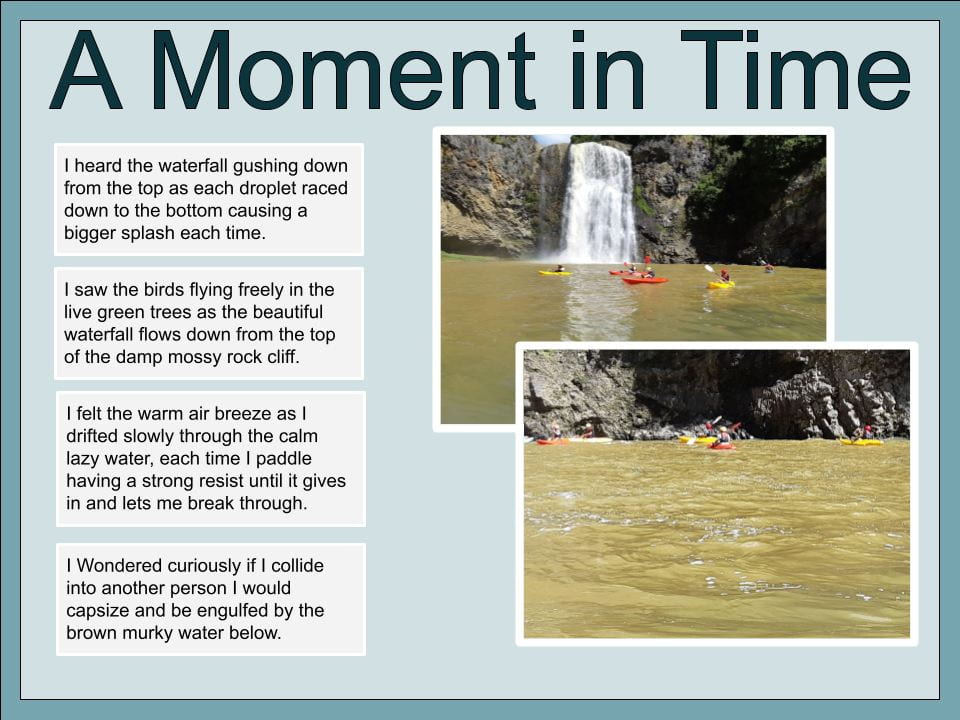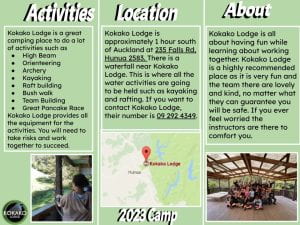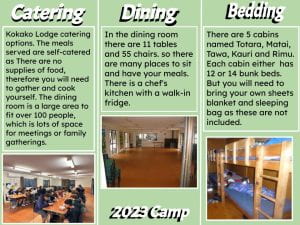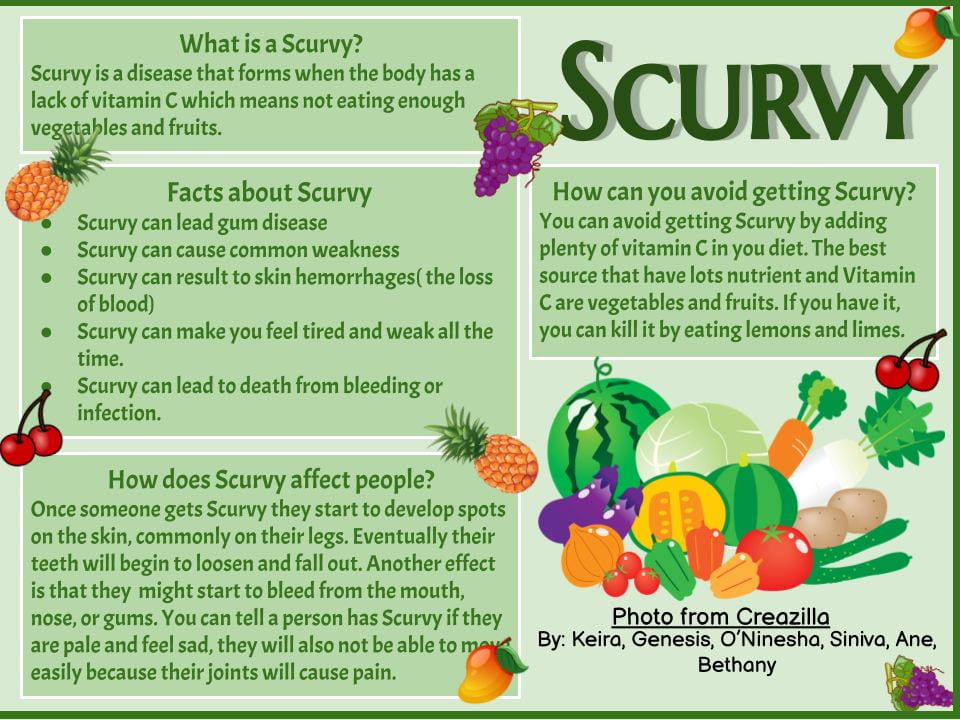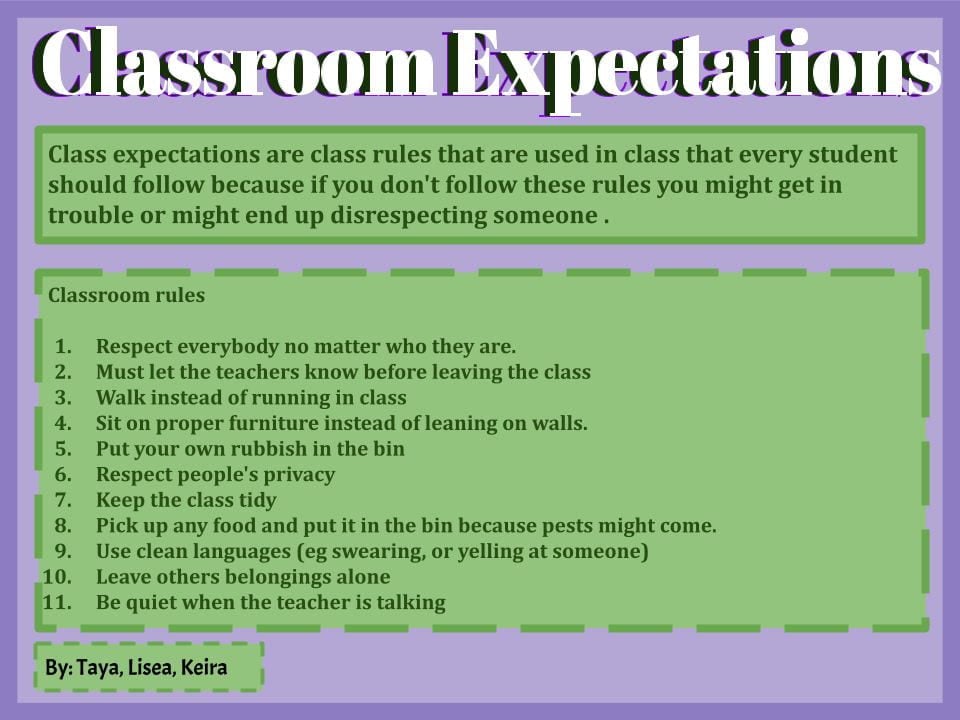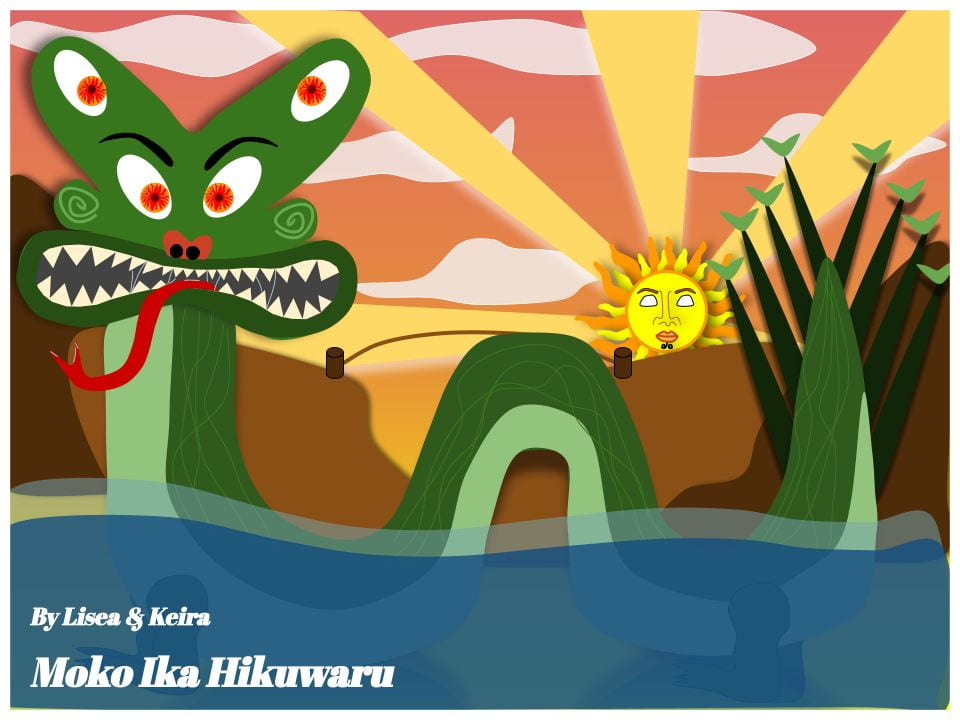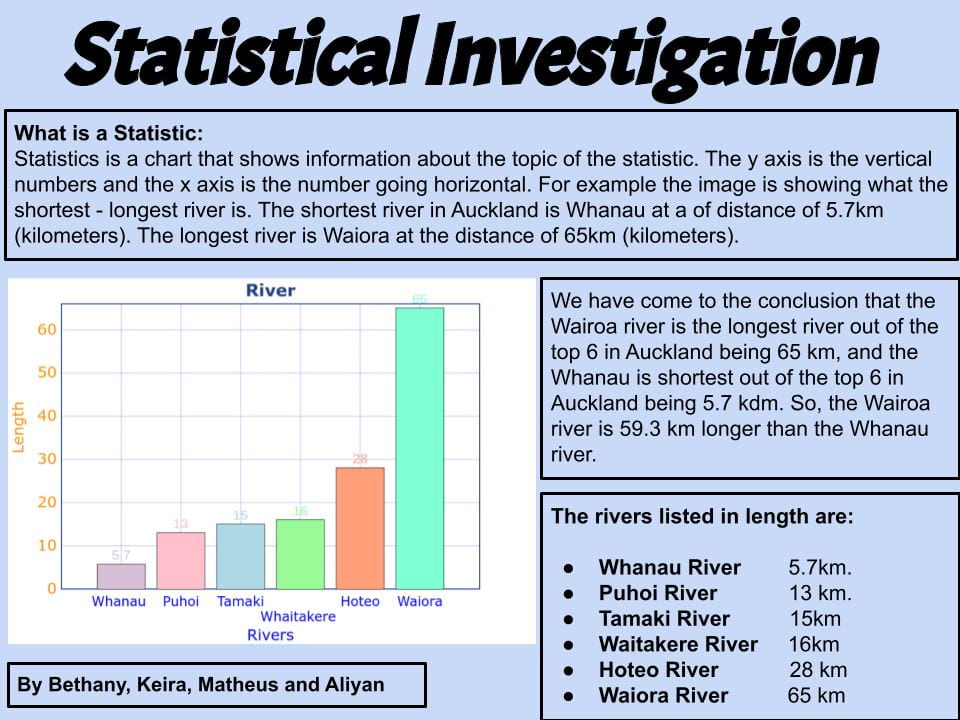LI: To compare and contrast the way authors hook us in and build tension in a set of texts.
Our group has made the decision that “My name is Rez” has the best introduction out of three texts. As It states what Rez’s childhood has been like. For example “We have never had our own homeland”. Meaning that she has endured psychological trauma and emotional scars that will forever be attached to her for the majority of her life. In act 1 it explains that her life is filled with hardships from being punished for getting something incorrect, to having both of her parents’ villages being bombed. The horrors they faced seemed to never end. But in the end she became a lawyer that helps refugees come to New Zealand and she had a prosperous life.
Our challenge in this activity was to compare and contrast the ways each author built tension and hooked us in using evidence from the texts to support our thinking. When we had read all three texts in the set we wrote a collaborative statement to convince other students why one of the story beginnings was better than the other(s).
I found this activity interesting because I got to learn about different refugees and the ardous journeys they faced.
